The Government has issued Decision 266/QD-TTg approving the Master Plan for the construction of Sa Pa National Tourist Area - Sa Pa Town, Lao Cai Province until 2040. Accordingly, the scope of the Master Plan for the construction of Sa Pa National Tourist Area - Sa Pa Town, Lao Cai Province until 2040 includes the entire administrative boundary of Sa Pa Town with an area of 68,137 hectares.
The general planning for the construction of the Sa Pa National Tourist Area Center covers an area of 6,090 hectares, including: The existing core Sa Pa tourist area covers an area of 5,525 hectares and the expanded space area covers an area of about 565 hectares. The planning orientation of 04 tourist sub-areas in Sa Pa town is connected to the center of the Sa Pa National Tourist Area, including the sub-areas: Ngu Chi Son with an area of about 285 hectares; Ta Phin with an area of about 185 hectares; Ta Van with an area of about 306 hectares and Thanh Binh with an area of about 330 hectares.
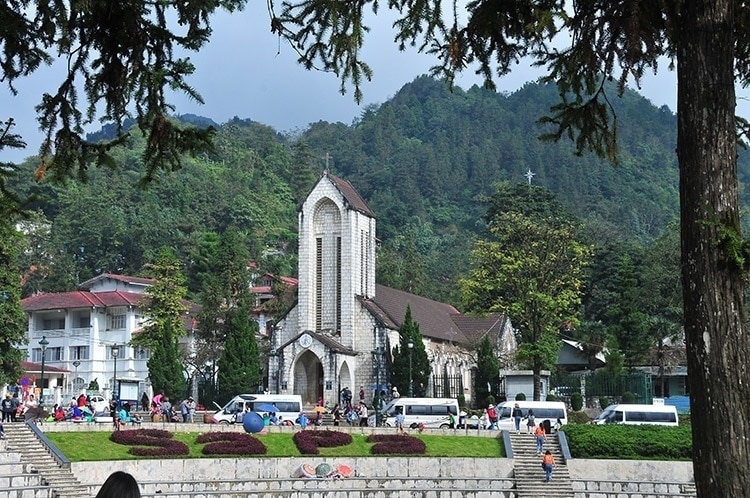
Sapa town, Lao Cai province. Illustration photo source: Internet
With the goal of building and developing the entire Sa Pa National Tourism Area - Sa Pa town to become one of the driving forces for tourism development in the country. The entire Sa Pa National Tourism Area becomes a national and international resort and cultural tourism center with a synchronous and modern social and technical infrastructure system, facilities, diverse, unique, high-quality tourism products, with brands and the ability to compete with countries in the region and internationally.
Build and develop the Sa Pa National Tourist Area Center and tourist subdivisions with a synchronous social and technical infrastructure system, utilities, and services, protect and promote the values of cultural characteristics, architecture, and natural landscapes, meeting the needs of sustainable tourism and urban development. Create a legal basis for construction management according to the general planning, attract investment in tourism, urban, and rural development, and carry out the next investment steps.
With the nature and function of Sa Pa National Tourist Area - Sa Pa town has national and international stature, with synchronous and modern infrastructure and services to meet the needs of sustainable tourism, urban and rural development. The central urban area of Sa Pa National Tourist Area is the administrative, political, economic, socio-cultural and tourism service center of the entire Sa Pa National Tourist Area - Sa Pa town is a key economic development area of Lao Cai province; a key area for national defense and security.
Regarding the overall target of Sa Pa National Tourist Area - Sa Pa town by 2030, the population is about 155,000 people. By 2040, the population is about 210,000 people. The center of Sa Pa National Tourist Area - Sa Pa town: By 2030, the population is about 100,000 people. By 2040, the population is about 135,000 people. Tourist scale: By 2030, about 8.0 million visitors, of which about 1.8 million are international visitors. By 2040, about 12.0 million visitors, of which about 3.0 million are international visitors.
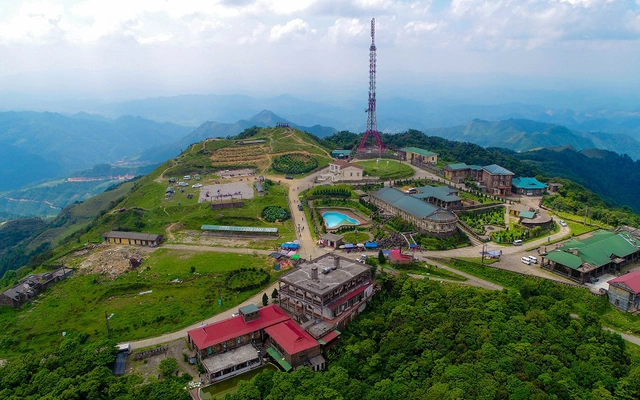
Illustration photo source Internet
Overall Sa Pa National Tourist Area - Sa Pa town by 2030, the demand for land to build functional areas is about 2,690 hectares. By 2040, the demand for land to build functional areas is about 3,455 hectares. Land to build rural residential areas on the basis of existing rural residential areas is renovated, upgraded, and expanded to meet the development needs of each commune. Sa Pa National Tourist Area Center - Sa Pa town: By 2030, the demand for land to build urban areas is about 1,950 hectares. By 2040, the demand for land to build urban areas is about 2,500 hectares. Land use planning of Sa Pa National Tourist Area Center - Sa Pa town in phases.
The central area of Sa Pa National Tourist Area - Sa Pa town is about 6,090 hectares. Land use planning orientation to 2040. Urban construction land is about 2,500 hectares, accounting for 41.1% of the natural land area of Sa Pa center, of which civil land: Area of 1,267 hectares, accounting for 50.7% of urban construction land, target of 95 m2/person including residential land with an area of 575 hectares, including: Public housing units, services, green trees, sports, primary schools, secondary schools, residential land (renovated residential land and newly built residential land, technical infrastructure. Urban public land has an area of 42 hectares, including: General hospital, high school, cultural house, museum, exhibition, commercial center...
Urban green land, green land for physical training and sports has an area of 200 hectares, including: Flower parks, amusement parks, physical training and sports. Urban traffic land has an area of 450 hectares, including: Main urban roads, regional roads, inter-regional roads. Non-civil land has an area of 1,233 hectares, including: Non-urban public land 32 hectares; agency land 24 hectares; commercial service land 115 hectares; tourism land 345 hectares; mixed land 460 hectares; rural residential land 87 hectares; specialized green land 60 hectares; land for exploitation of construction materials 12 hectares; technical infrastructure hub land 28 hectares; external traffic land 70 hectares.
Other land has an area of about 3,590 ha, including: Religious relic land 17.0 ha; cemetery land 28.0 ha; agricultural land 820 ha; forestry land 2,595 ha; water surface 130 ha. In which, the specific planning implementation phase until 2030: Focus on investing in completing the framework infrastructure system and approved urban and tourism projects in Sa Pa National Tourist Area - Sa Pa town. Phase 2030 - 2040: Complete the technical and social infrastructure system of urban, tourism and rural residential areas according to the orientation of the General Planning for the construction of Sa Pa National Tourist Area - Sa Pa town.
Especially on solutions to adapt to climate change and fire prevention: Build and raise public awareness in climate change response work. Integrate climate change adaptation issues into planning, socio-economic development plans, urban development, tourism of areas affected by climate change. Support the development of sustainable livelihoods for communities due to climate change; research on housing design, constructions resistant to storms, floods; landslides.
Organize the arrangement of routes, technical stations and works to support forest fire prevention, rescue and relief according to regulations. Research appropriate fire prevention solutions, develop synchronous solutions to prevent in a timely manner, and minimize the negative impacts of natural disasters on the lives and production of people and tourists./.
Yanjiang


![[Photo] Prime Minister Pham Minh Chinh chairs meeting to urge highway projects](https://vstatic.vietnam.vn/vietnam/resource/IMAGE/2025/3/29/6a3e175f69ea45f8bfc3c272cde3e27a)

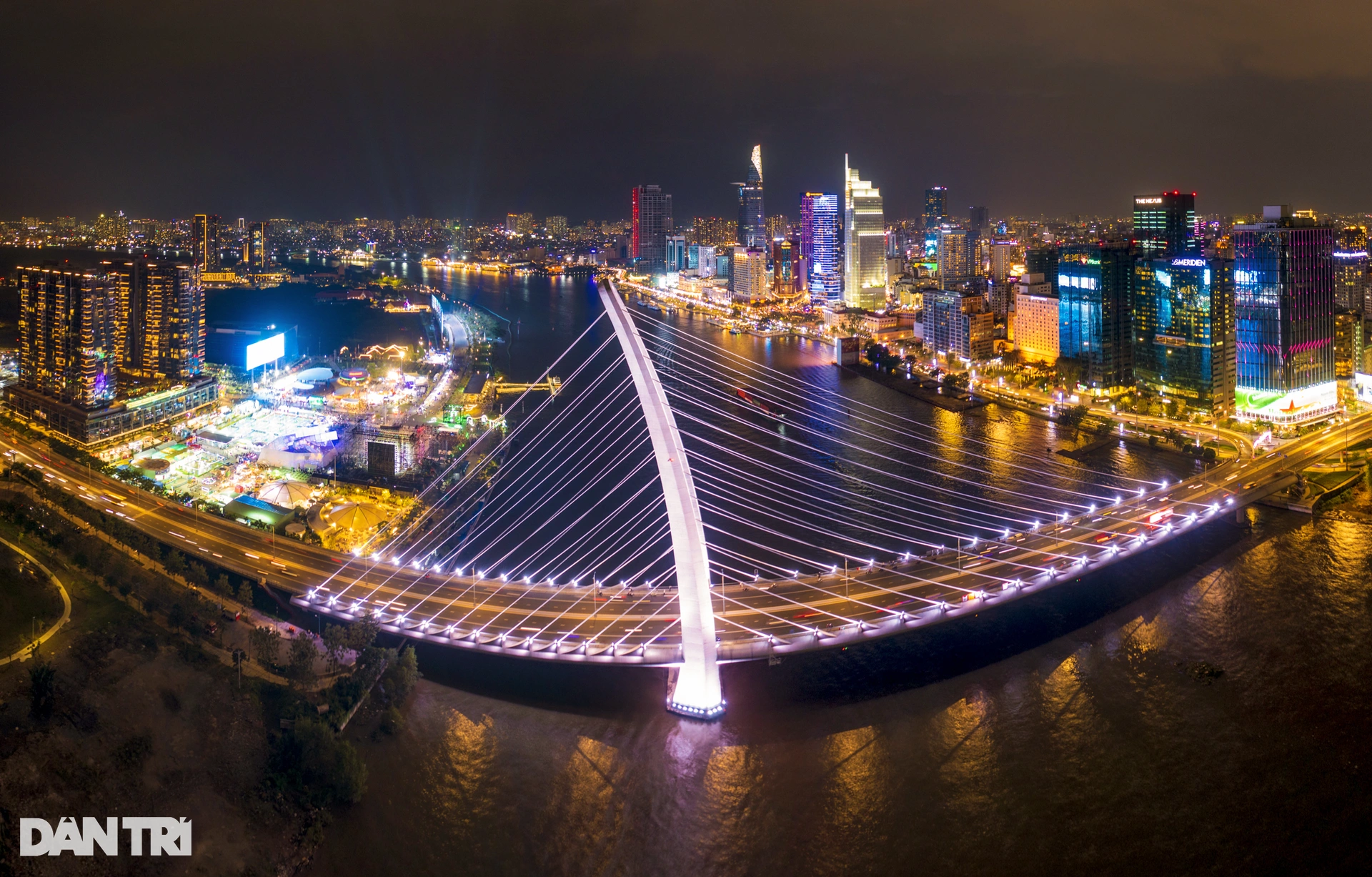
![[Photo] Dong Ho Paintings - Old Styles Tell Modern Stories](https://vstatic.vietnam.vn/vietnam/resource/IMAGE/2025/3/29/317613ad8519462488572377727dda93)
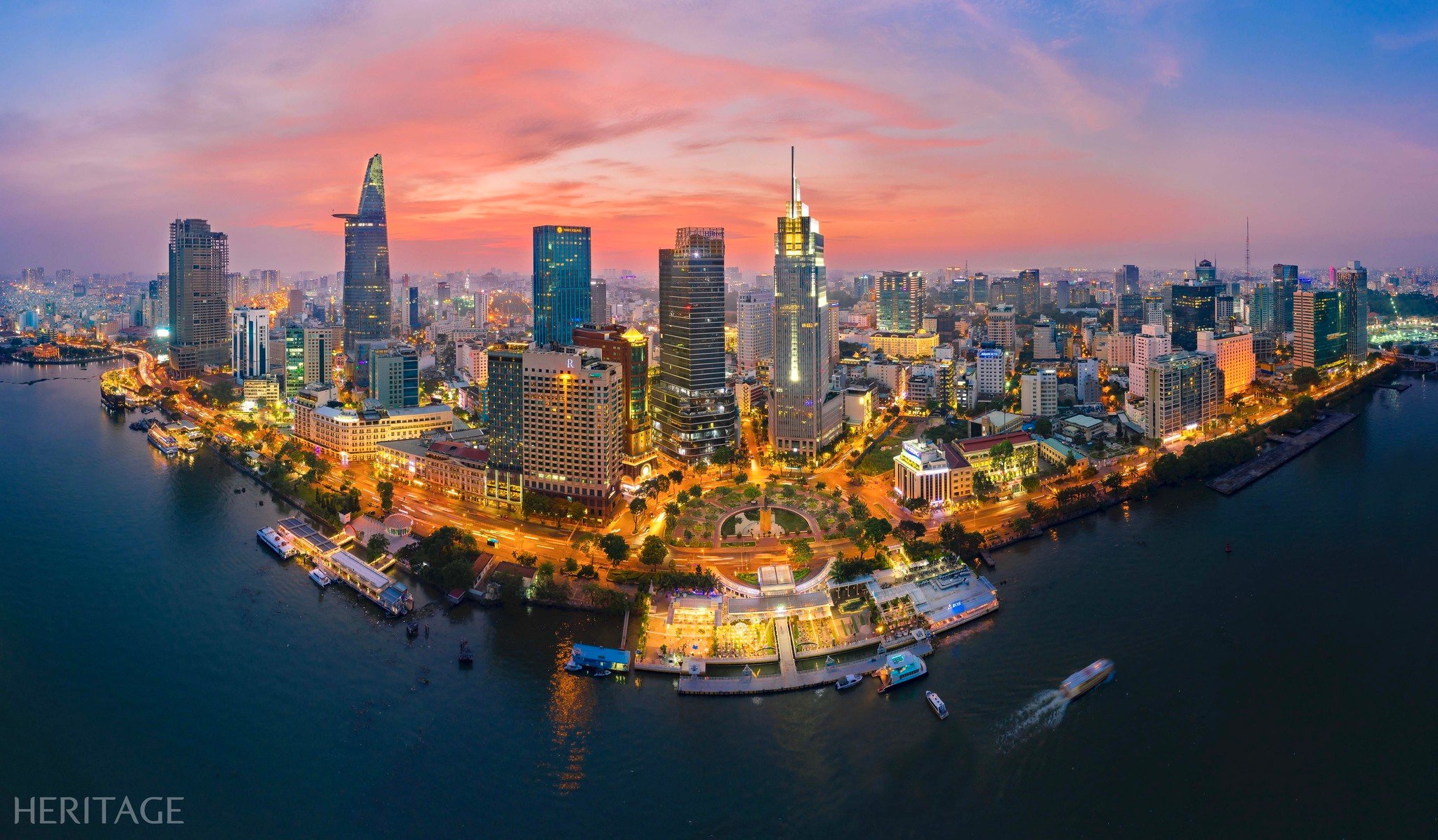

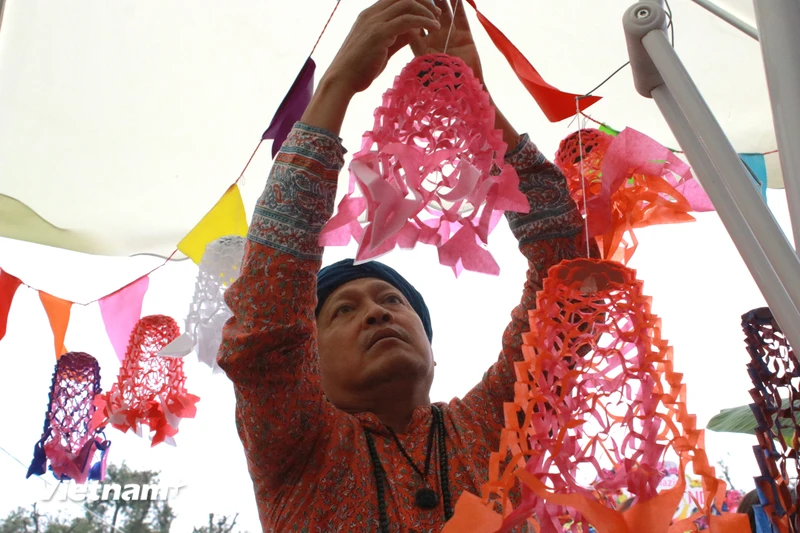
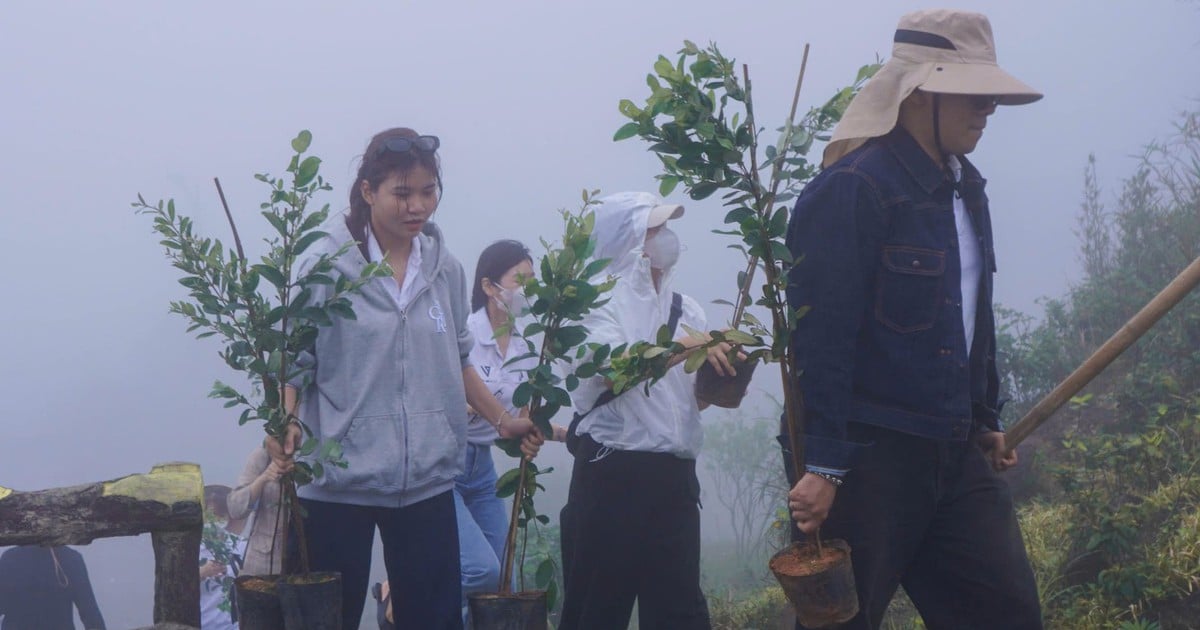







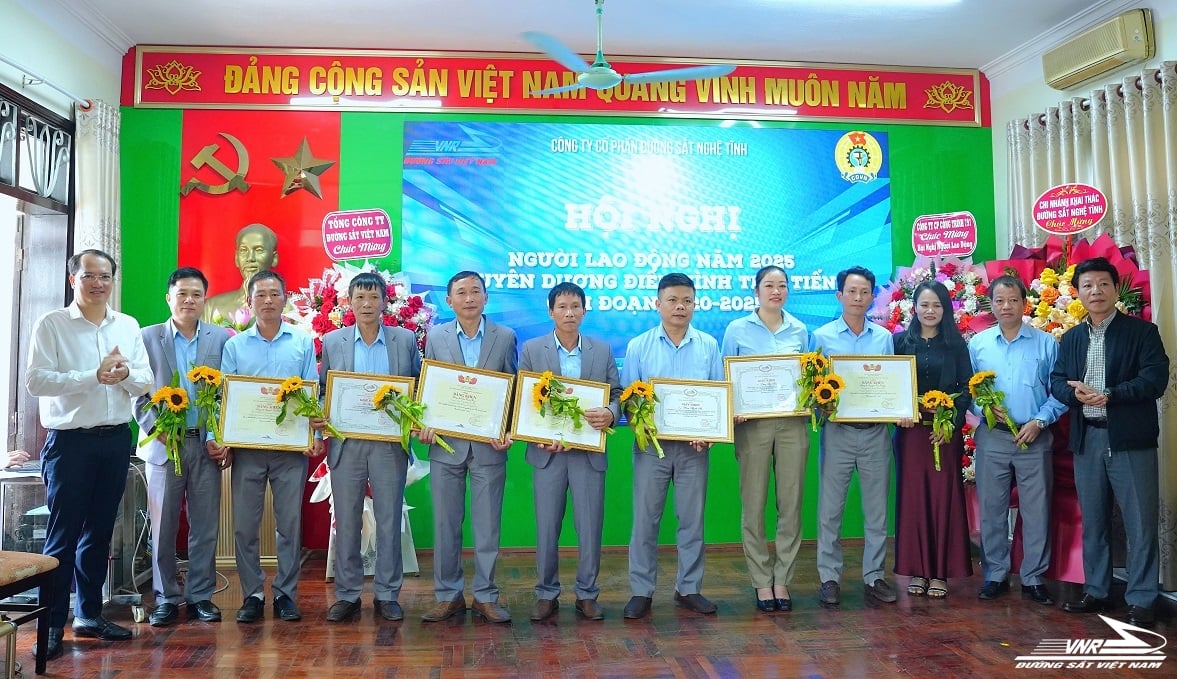

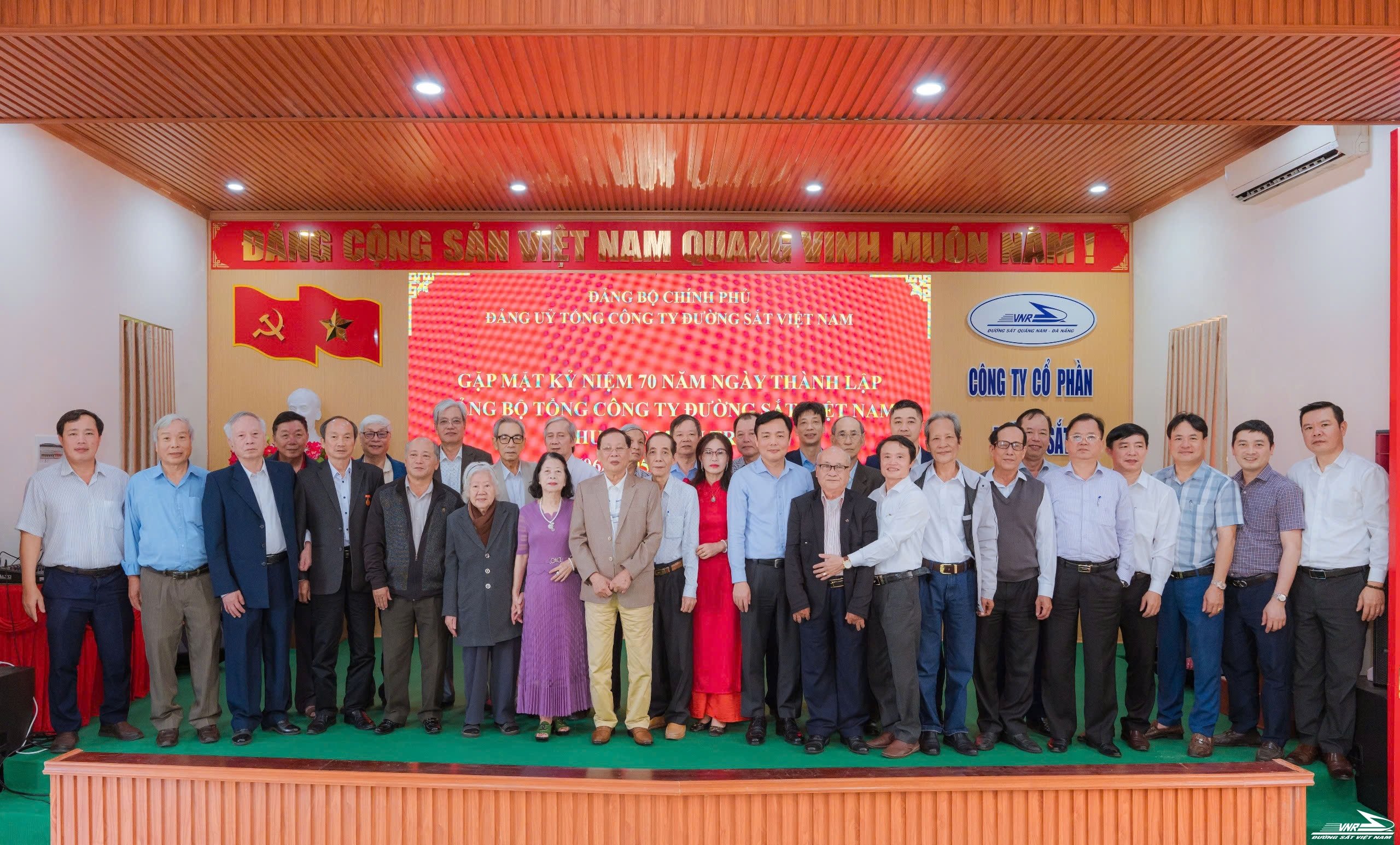
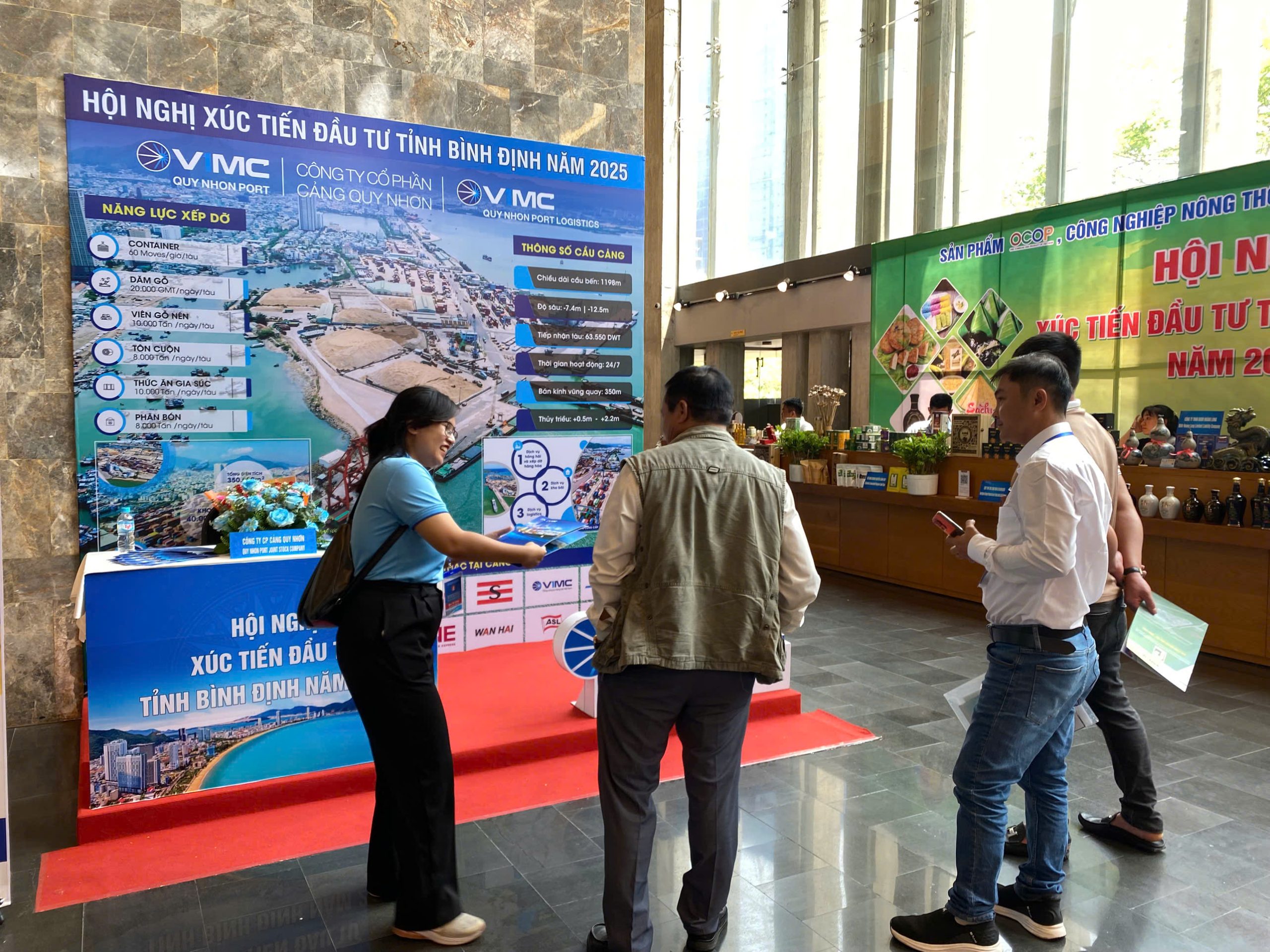


![[Photo] Prime Minister Pham Minh Chinh and Brazilian President Luiz Inácio Lula da Silva attend the Vietnam-Brazil Economic Forum](https://vstatic.vietnam.vn/vietnam/resource/IMAGE/2025/3/29/f3fd11b0421949878011a8f5da318635)
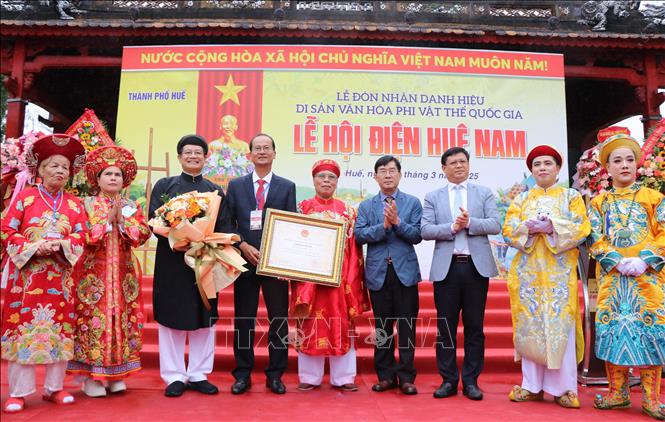

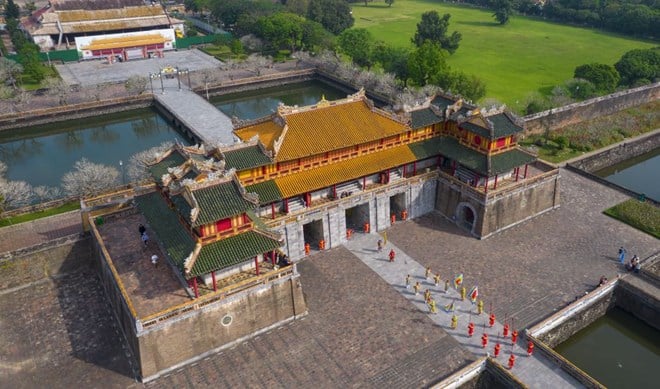



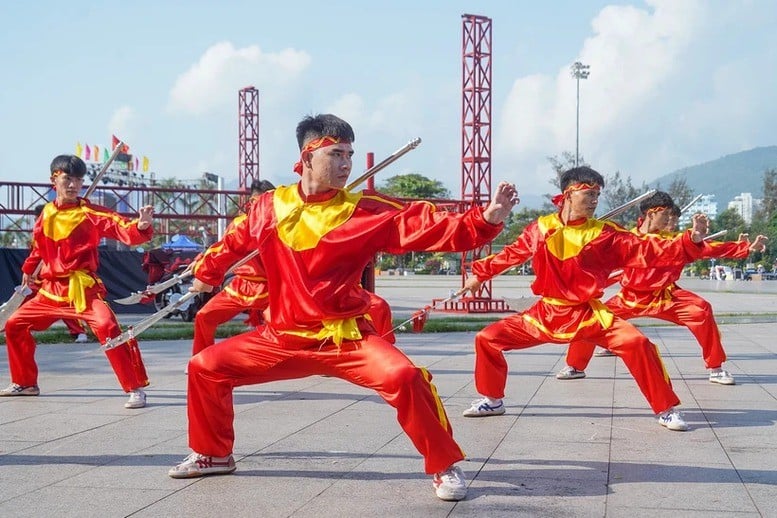







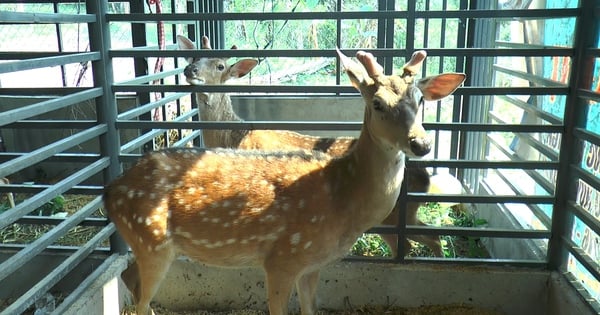



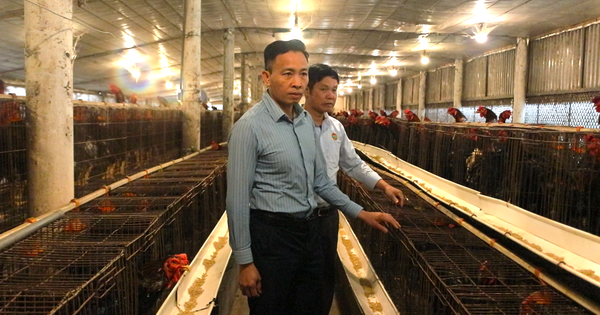












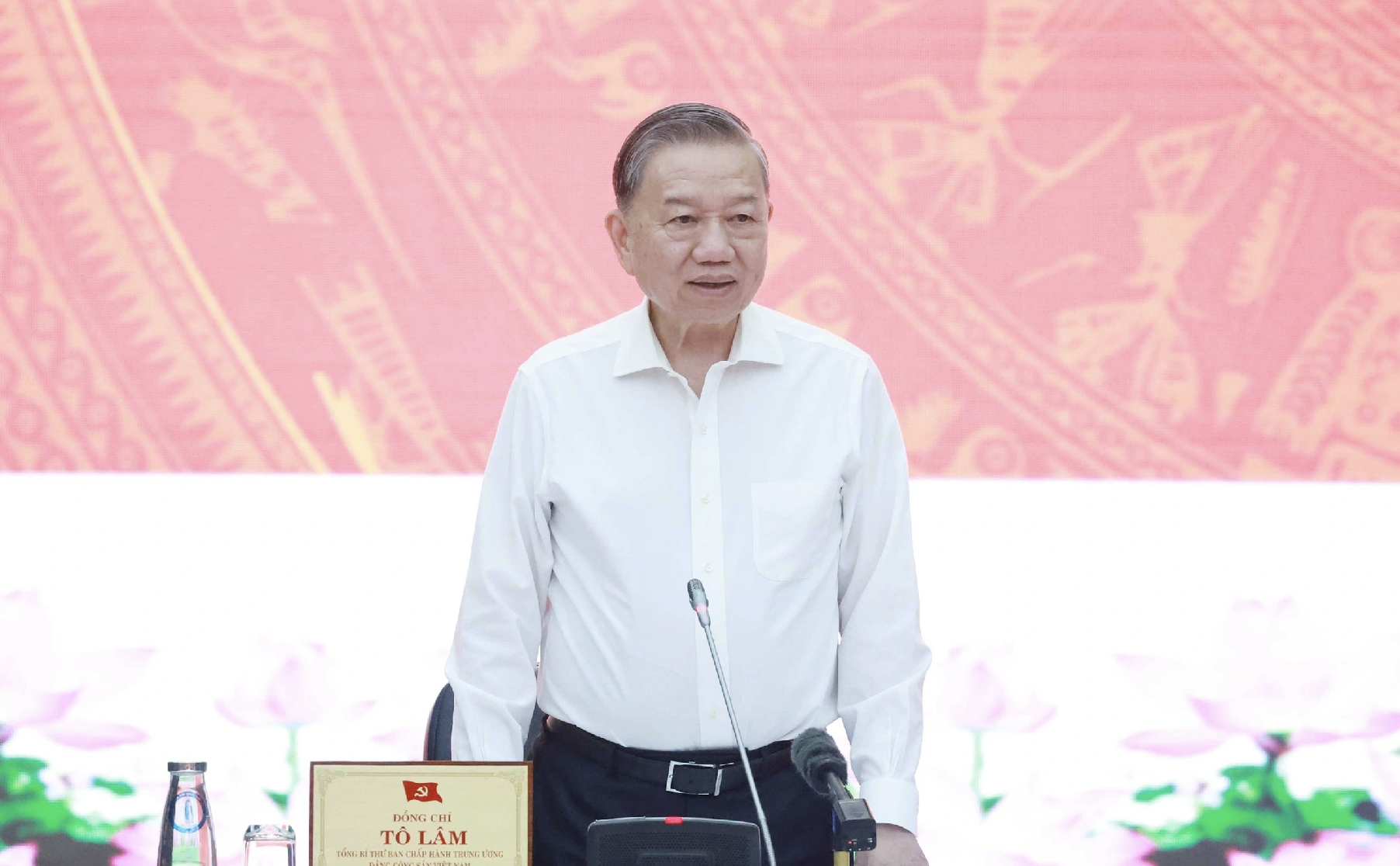




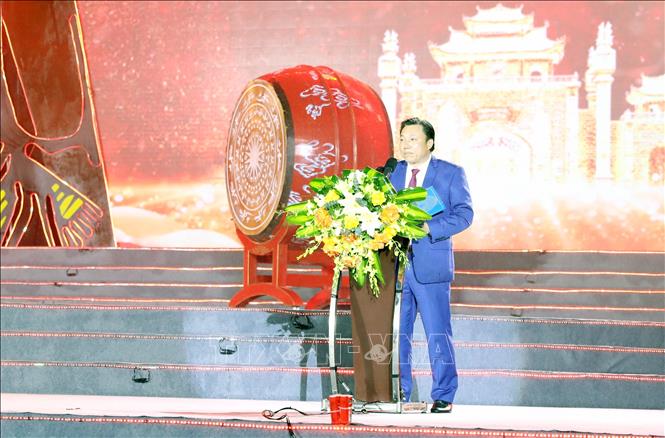
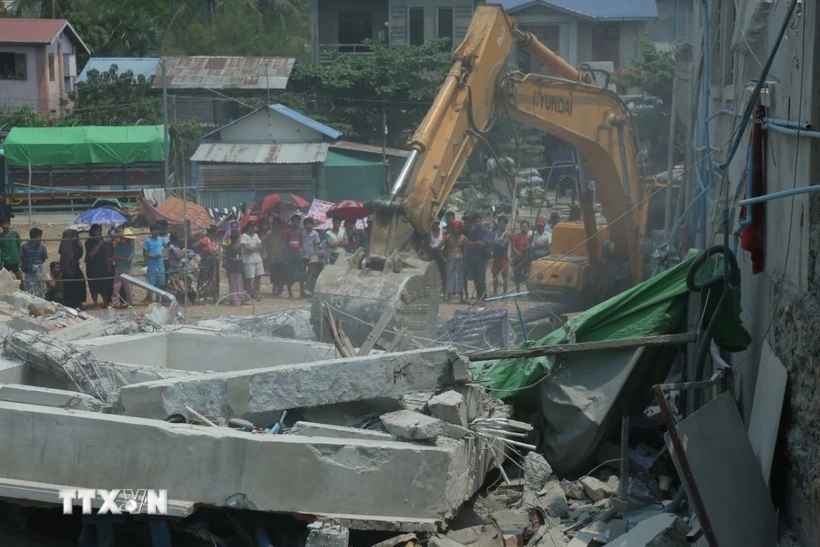


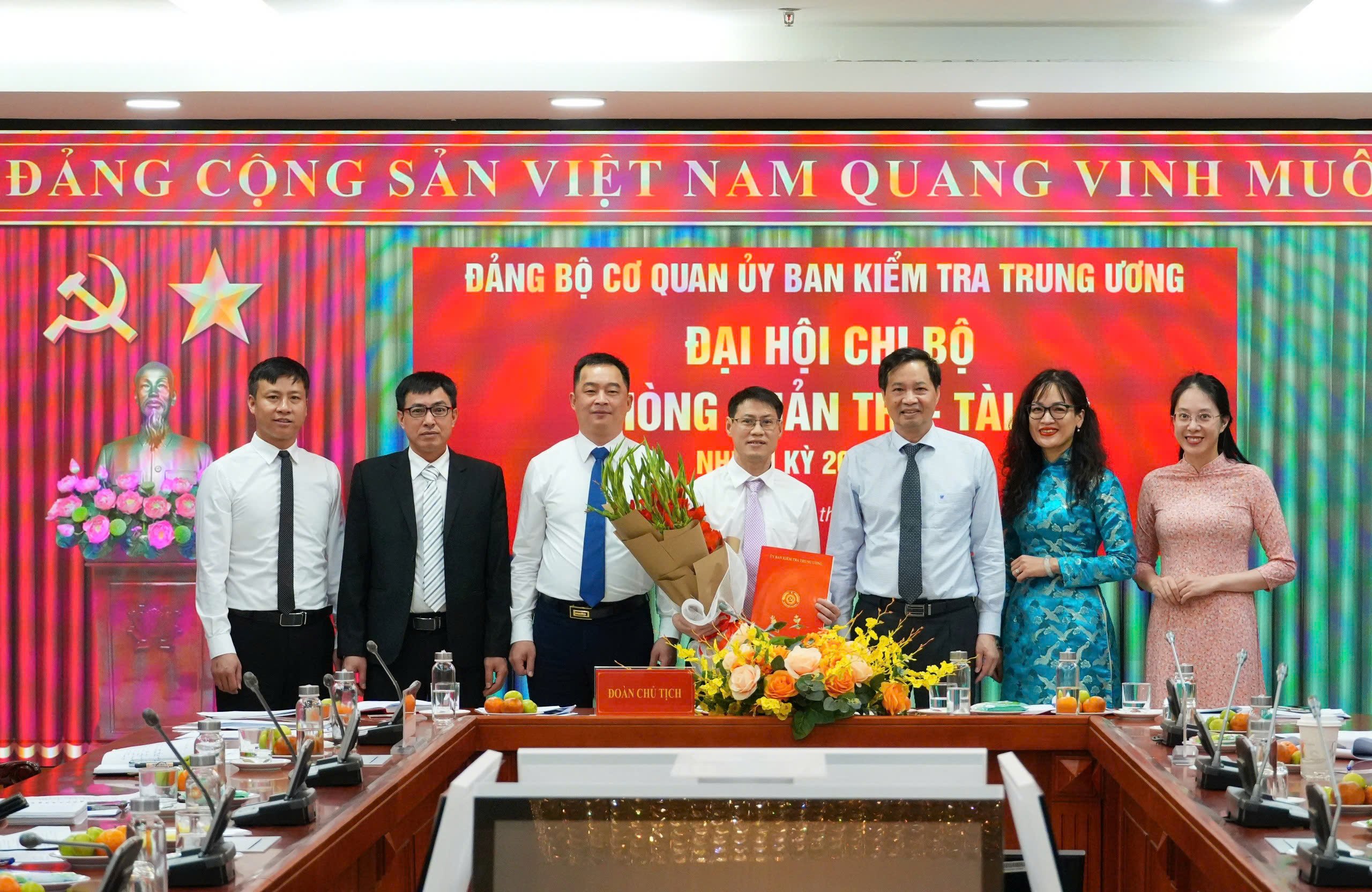
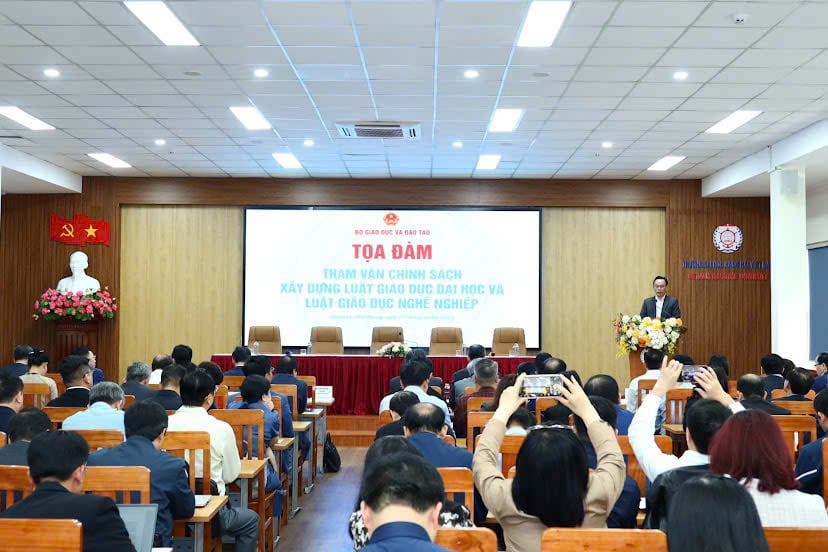







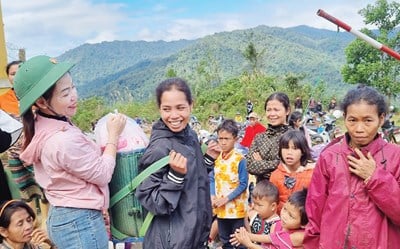







![[REVIEW OCOP] An Lanh Huong Vet Yen Cat](https://vstatic.vietnam.vn/vietnam/resource/IMAGE/2025/3/27/c25032328e9a47be9991d5be7c0cad8c)

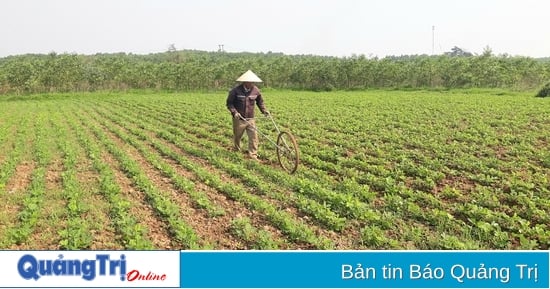

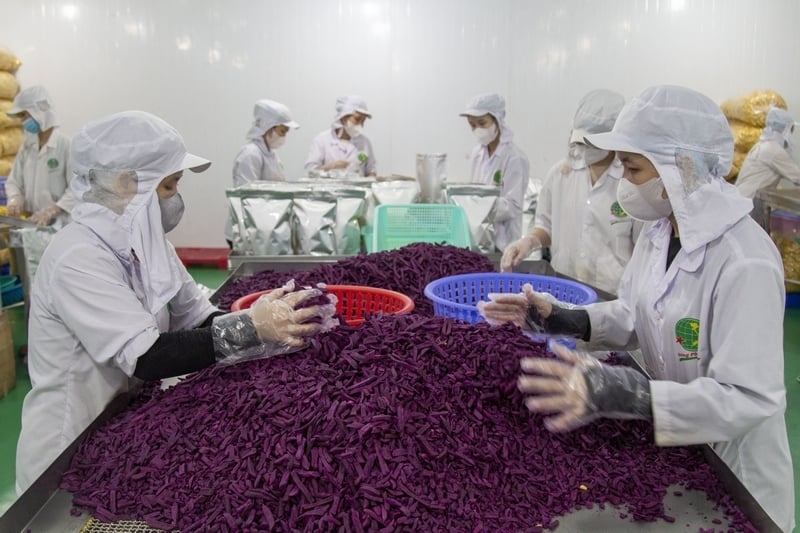

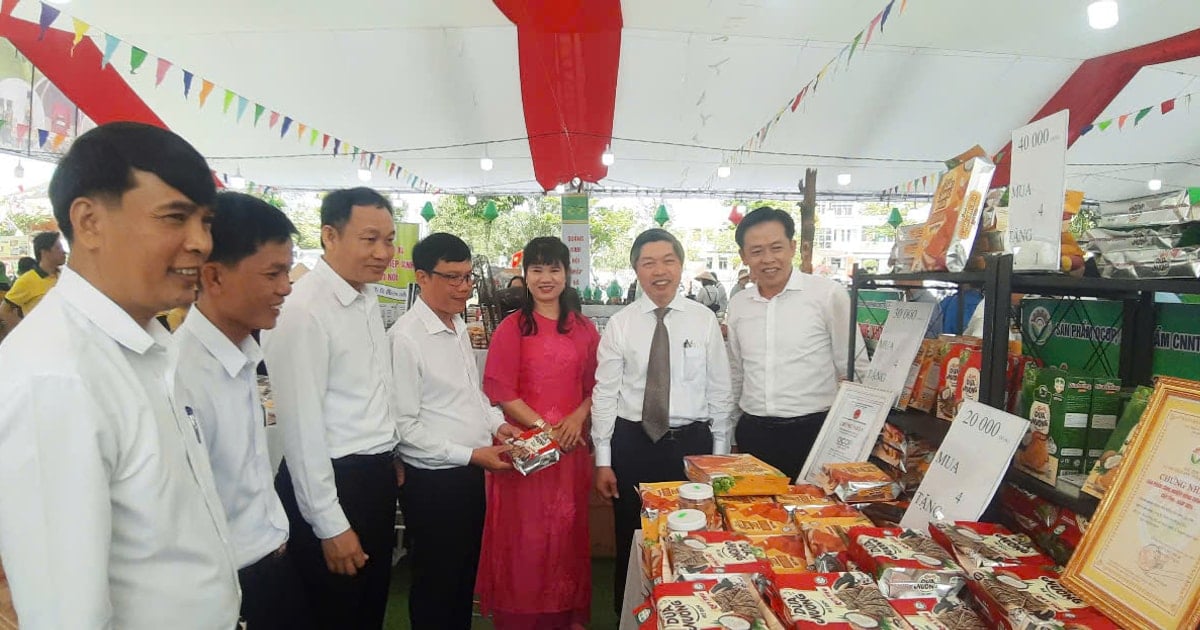

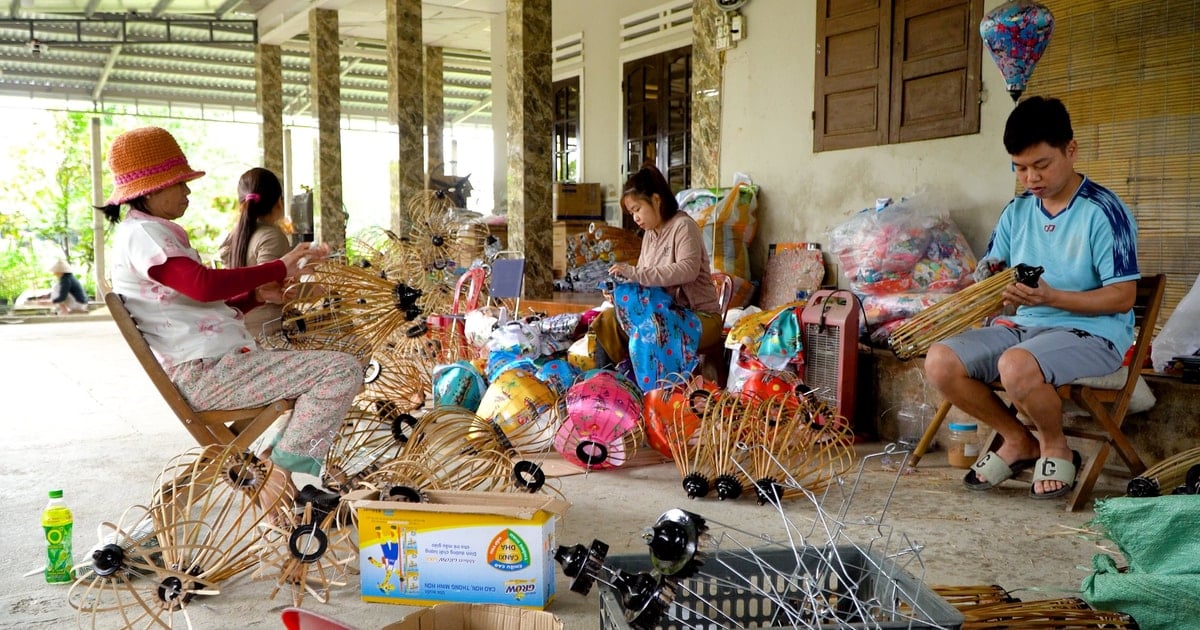
Comment (0)